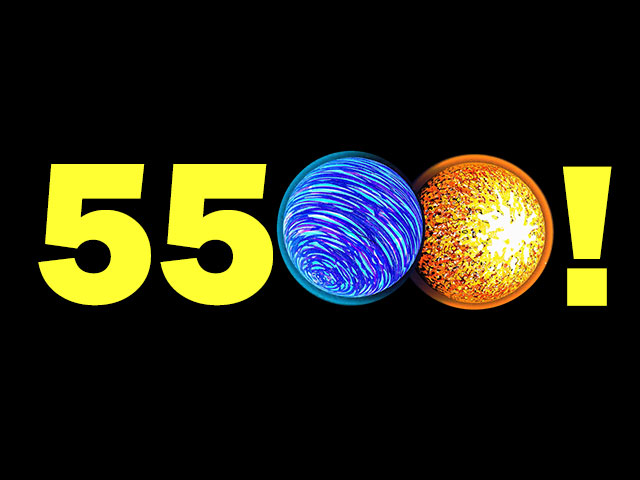We’ve discovered thousands of exoplanets – worlds beyond our solar system – so far. Most of these faraway planets are unlike any of the worlds in our own solar system. They are so far from Earth that they’re really hard to see! Even the best pictures we have of them show little more than bright dots of light. We have to use our science to tell us more about what they might look like up close.
We know what colors planets might be, for instance, based on certain chemicals we observe in their atmospheres. You might say there’s an art to our science! Now NASA has an easy arts and crafts project where you can make your own exoplanets at home.
What you’ll need:
- flat rocks
- acrylic paint
- chopstick/skewer/popsicle stick
- craft paper
Now, what kind of exoplanet will you make? “Terrestrial” planets (that just means rocky) like Earth and Venus seem obvious; we are working with rocks after all! Gas giant exoplanets are also common, and those could have beautiful clouds like Jupiter.
We know of exoplanets smaller than Earth and bigger than Jupiter, the largest planet in our solar system. Our science tells us that some of these planets are puffy like Styrofoam, while others are dense and fiery with seas of lava. If you need inspiration, check out a few of the weirdest exoplanets found so far in our Strange New Worlds gallery.
Step 1: Lay out clean rocks on a clean, flat surface, preferably craft paper, though newspaper will work in a pinch.
Step 2: Pour a small amount of acrylic paint on the paper. You can use 2-4 colors for each planet rock. Separate paint pours far enough from each other to avoid color combinations mixing. Some planets are bathed in radiation, so you might choose green for them – or any other color! White could represent clouds or ice. We’ve seen blue, pink and even pitch black planets! Your planet can be whatever you imagine.
Step 3: Use chopstick/skewer/popsicle stick to mix desired color combinations into a swirl.
Step 4: Begin to slowly dip (flat side down) your rock into paint and press lightly.
Step 5: Lift rock up from paint to reveal your very own exoplanet!
Step 6: Let rocks dry for 1 hour.








